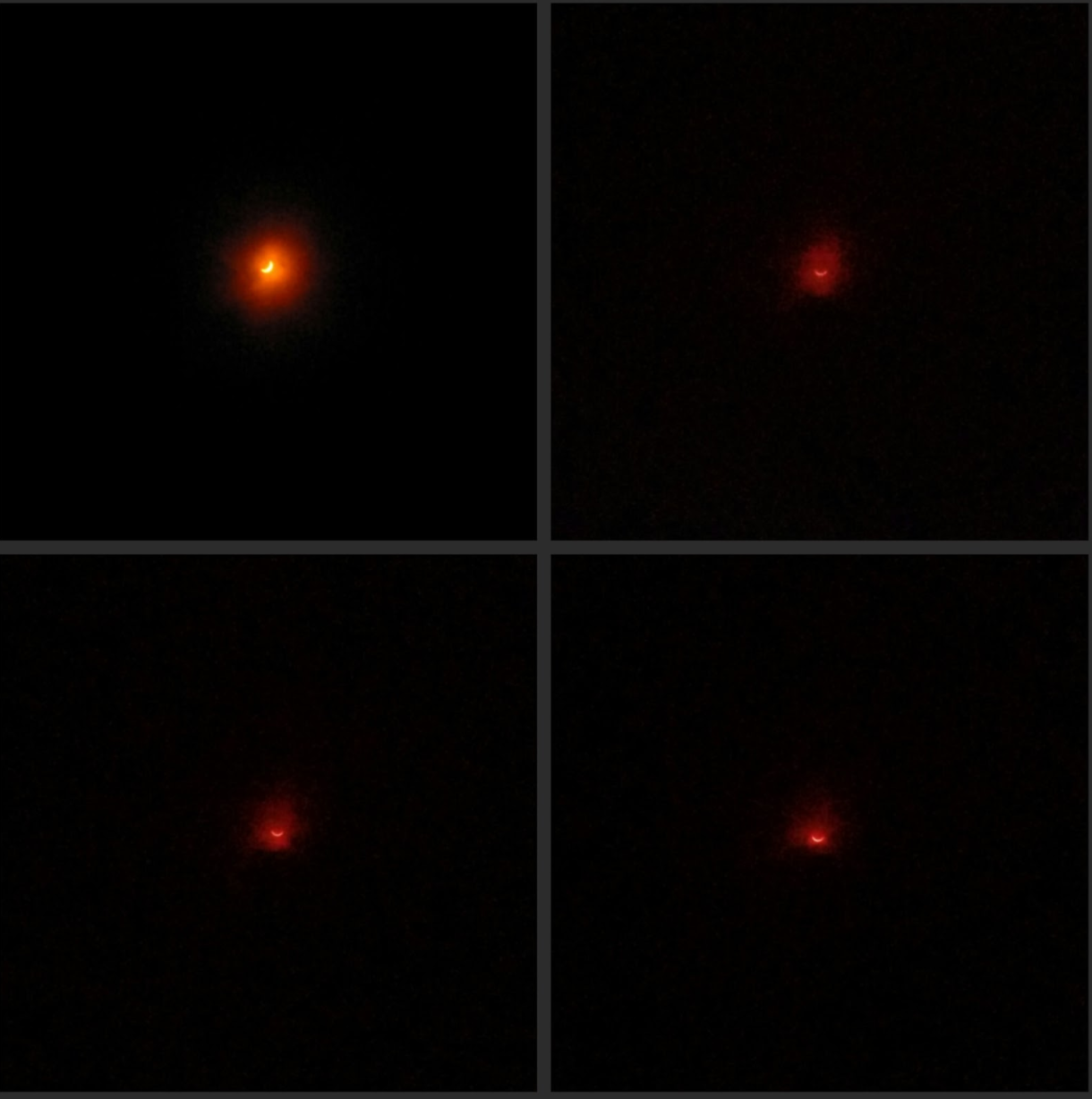How to Take Pictures of the Total Eclipse With a Smartphone
Credit to Author: Becky Ferreira| Date: Mon, 21 Aug 2017 16:17:29 +0000
Today, millions of people will revel in the spectacle of a total solar eclipse passing over the United States, and many more will observe the partial eclipse. No doubt every skywatcher will want a visual souvenir of their very own to mark this special event, which is expected to be one of the most photographed eclipses in history.
While some photographers will be outfitted with specialized lenses and expensive filters, the majority of spectators are likely to be snapping their shots with ubiquitous smartphone cameras. Taking pretty and safe smartphone pictures of an eclipse is not just a matter of aiming at the Moon-blocked Sun and shooting away, especially given concerns that new smartphone cameras could be damaged by too much solar exposure. Keep these guidelines in mind when capturing your eclipse experience on camera.
Remember: Never look directly at the Sun without protective eyewear (you can learn to make your own here). Those in the path of totality can remove these glasses during the brief minutes in which the Moon fully blocks the Sun, but must keep them on as the Moon approaches and leaves that sweet spot. Anyone viewing a partial eclipse should wear glasses for the full event.
SAFETY FIRST: Smartphones Should Rock Eclipse Glasses, Too
According to Apple (as reported in USA Today), iPhone cameras can be used to directly photograph the eclipse without serious risk of damage, provided people use the regular wide-field view and avoid long exposures. Indeed, you can photograph the Sun at any time this way, so long as you don’t look directly at it—even through the camera viewfinder—without protective glasses.
That said, NASA warns that there is some risk of damage to smartphone cameras, especially newer ones with higher resolutions. To be extra safe, you should place solar glasses over your camera’s lens if you want to focus on the Sun for an extended period of time. “The best thing to do is to cover the camera lens with a solar filter during the moments before (and after) totality when the sunlight is still blinding,” NASA recommends in its guide.
Also, be aware that it is not safe to watch the eclipse through magnified optical instruments like binoculars or a telescope— even with eclipse glasses. The American Astronomical Society eclipse guide warns that “the concentrated solar rays could damage the filter and enter your eye(s), causing serious injury.”

If you’re viewing a partial eclipse, err on the side of safety and keep solar filters over the lens.
Pro-tip: Do NOT take selfies with the eclipse without protective eyewear. “Many people will think it’s safe to take a selfie with the eclipse in the background because they aren’t looking directly at the sun,” said Tongalp Tezel, a retina expert at Columbia University Medical Center, in a statement. “What they may not realize is that the screen of your phone reflects the ultraviolet rays emitted during an eclipse directly toward your eye, which can result in a solar burn.”
ECLIPSE AESTHETICS: Getting a Good Shot
The key to capturing great eclipse imagery is experimentation, so don’t limit yourself to one angle or method. Try panoramic landscape shots that capture the entire scene at your location, then zoom in on the Sun to see if you can snap some close-ups. Consider shooting a timelapse or a video during the dramatic moments before and after totality, when the Moon is shifting into its position in front of the Sun.
Read More: How to Make a Pair of DIY Glasses to View the Solar Eclipse
If you have a tripod, mount your smartphone on it in order to steady the shot. NASA recommends manually focusing your camera, instead of using autofocus, so that you can play with saturation and exposure options. Setting a time delay on your camera may produce sharper shots, plus it allows skywatchers a chance to pose in front of the viewfinder, or to take a moment to enjoy the spectacle.
To that point, as much as we all want great eclipse images, don’t forget to set aside some time to revel in the experience without worrying about snapping cool shots. Stay safe, and enjoy your time in the Moon’s shadow.
Get six of our favorite Motherboard stories every day by signing up for our newsletter.